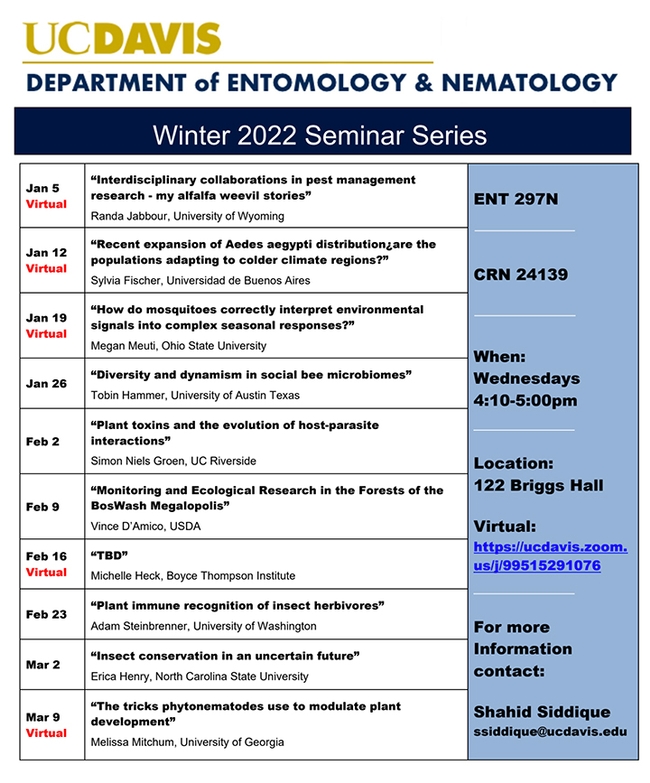- Author: Kathy Keatley Garvey

The seminar is open to all interested persons. The Zoom link is https://ucdavis.zoom.us/j/99515291076.
Heck, who focuses her USDA-ARS research on the discovery and characterization of insect vector-plant-pathogen interactions, serves as a lead scientist and research molecular biologist with the Emerging Pests and Pathogens Research Unit, located in the Robert W. Holley Center for Agriculture and Health, Ithaca.
The invasive pest, Asian citrus psyllid, is a threat to America's citrus industry and causes serious damage to citrus plants and citrus plant relatives, according to a USDA Fact Sheet. "Burned tips and twisted leaves result from an infestation on new growth. Psyllids are also carriers of the bacterium that causes Huanglongbing (HLB) disease, also known as citrus greening disease, spreading the disease to healthy citrus plants. Citrus greening is one of the most serious citrus plant diseases in the world. Once a tree is infected, there is no cure."
"Vector-borne diseases are among the most challenging problems in agriculture," says Heck, who plans and conducts sophisticated experiments using a variety of molecular, genetic and functional genomics methods to gain a deeper understanding of vector-borne plant pathogens.
"Research planning involves novel, exceptionally difficult, team research that is subdivided into multiple phases with agency stakeholders," Heck says. Her research "integrates developed knowledge into applied agricultural practices to create novel management strategies for vector-borne plant diseases and the insect vectors." She conducts her studies in support of the USDA-ARS NP 304 Action Plan: Crop Protection and Quarantine, Problem Statement 3A2, a systems approach to environmentally sound pest management.
Heck, who holds a bachelor's degree in biology from Boston University, received her doctorate from.Cold Spring Harbor Laboratory, Cold Spring, N.Y. She completed her postdoctoral training in vector biology and mass spectrometry-based proteomics. Her research on protein interactions and protein transport in plants and insects spans more than 20 years, resulting in an international reputation as a vector biology authority skilled in the management of vector-borne plant diseases. Heck is a lead in the USDA-ARS Citrus Greening Grand Challenge, the agency's coordinated national response to combat citrus greening disease and the agency's scientific representative on the National Cotton Council's Cotton Leafroll Dwarf Virus Task Force.
Heck has published more than 50 peer-reviewed journal articles, book chapters, and several patents. Her peers have recognized her scientific excellence with a number of awards, including a 2017 Presidential Early Career Award for Scientists and Engineers from the Obama White House Office of Science and Technology Policy.
For technical issues involving the seminar, contact Siddique at siddique@ucdavis.edu.
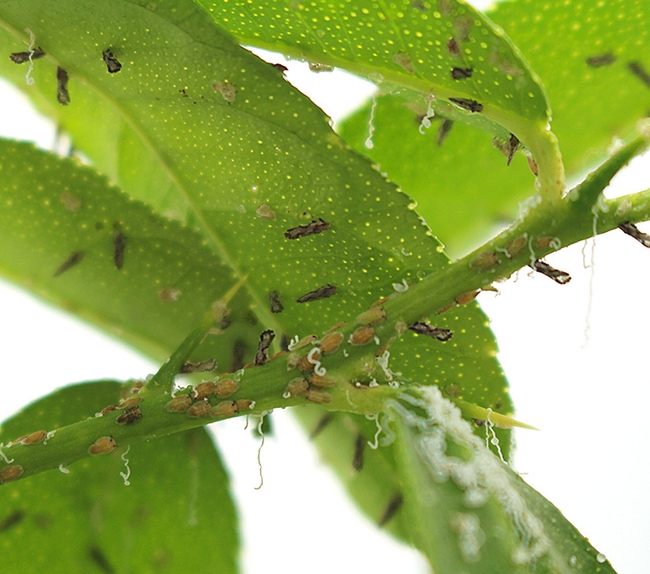
- Author: Kathy Keatley Garvey

He will speak in person at 4:10 p.m. in 122 Briggs Hall. For those unable to attend, his lecture also will be on Zoom; link to https://ucdavis.zoom.us/j/99515291076.
"Plants interact with incredibly diverse groups of animals including plant-feeding insects and nematodes as well as their natural enemies," Groen says in this abstract. "These interactions are influenced by toxic defensive chemicals that plants make. In my talk, I will focus on how plants evolved variation in production of these defensive chemicals and how animal parasites in turn evolved mechanisms enabling them to handle such toxins."
He recently authored an article in the journal Current Biology on "Convergent Evolution of Cardiac-Glycoside Resistance in Predators and Parasites of Milkweed Herbivores."
From EurekaAlert: "Scientists now understand how certain animals can feed on picturesque, orange monarch butterflies, which are filled from head to abdomen with milkweed plant toxins. In high enough concentrations, milkweed can kill a horse, or a human. To be able to eat this plant, monarchs evolved a set of unusual cellular mutations. New UC Riverside research shows the animals that prey on monarchs also evolved these same mutations. A Current Biology journal article describes the research that revealed these mutations in four types of monarch predators — a bird, a mouse, a parasitic wasp, and a worm."
Groen, who joined the UC Riverside faculty in July 2021 following his postdoctoral research position (2014 to 2021) in the Noah Whiteman laboratory, Department of Ecology and Evolutionary Biology, University of Arizona, focuses his research on "understanding molecular mechanisms of adaptation in the context of species interactions and fluctuating environmental conditions."
A native of the Netherlands, he received his bachelor's degree and masters degree in biology from Wageningen University, Netherlands, and his doctorate in plant sciences from the University of Cambridge, UK.
Groen served as a visiting researcher from 2007 to 2008 in the Department of Multi-Trophic Interactions, Netherlands Institute of Ecology, and as a visiting researcher from 2008 to 2012 in the Department of Organismic and Evolutionary Biology, Harvard University.
"Growing up in The Netherlands, I became fascinated with plants and their responses to ever-changing environmental conditions while working as a 'ziekzoeker' in tulip fields outside of school hours," he writes in an author profile on the American Society of Plant Biologists website. The site featured him as the first author of “Evolutionary Systems Biology Reveals Patterns of Rice Adaptation to Drought-Prone Agro-Ecosystems," published Nov. 15, 2021 in the journal Plant Cell.
"A 'ziekzoeker' looks for diseased plants and I searched in particular for variegated white and red tulips--the ones you'd recognize from a golden-age Dutch still life painting," Groen related. "I learned how these tulips are infected with an aphid-transmitted virus and during my PhD in the group of John Carr at the University of Cambridge, I would further investigate the molecular mechanisms of how virus infections would change plant interactions with aphids and pollinators. I was gripped by the role that plant defensive chemicals play in shaping species interactions and I continued to study these as a postdoc with Noah Whiteman at the University of Arizona and the University of California, Berkeley.'
On the author page, he chronicled his previous work on the interactions between milkweeds and the monarch butterfly "and found out how the monarch evolved resistance to the cardenolide toxins that milkweeds make. While this work mostly revolved around a single gene of large effect, typically several or many genes are involved in organisms' evolutionary responses. As a Gordon and Betty Moore Foundation fellow in the group of Michael Purugganan at New York University, I learned about the latest developments in evolutionary genomics and systems biology while investigating patterns of natural selection on gene expression in rice populations that we grew under wet and dry field conditions with our collaborators at the International Rice Research Institute in The Philippines."
"The current paper (Plant Cell) is a culmination of this research," Groen related. "We found that under field drought rice plants do not just respond to changes in water availability, but also to concomitant changes in abundance of soil microbes that they interact with. As assistant professor in the Department of Nematology at the University of California, Riverside, I will continue to study rice and milkweed as well as plants from the nightshade family and look at the complex evolutionary tug-of-war between these plants and parasitic nematodes. Combining laboratory and field experiments, we will zoom in on the central role that plant chemicals play by using approaches from evolutionary and systems biology like the ones we describe in our paper."
Nematologist Shahid Siddique, assistant professor in the Department of Entomology and Nematology, coordinates the winter quarter seminars. He may be reached at ssiddique@ucdavis.edu for any technical issues involving the Zoom connection.
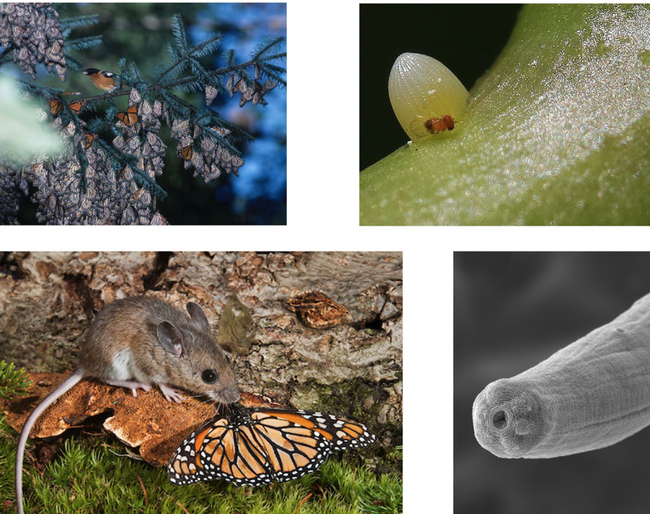
- Author: Kathy Keatley Garvey
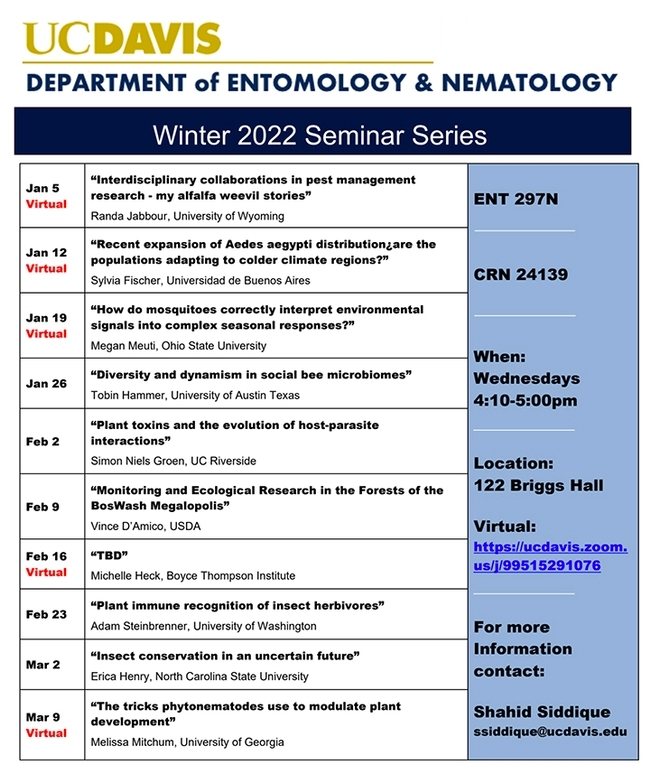
- Author: Kathy Keatley Garvey
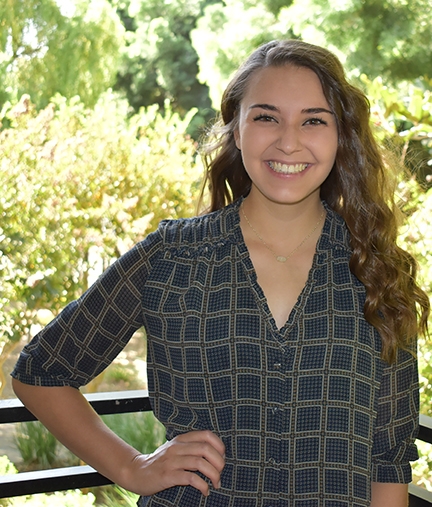
Coomer, a member of the laboratory of nematologist Shahid Siddique of the UC Davis Department of Entomology and Nematology, just won a world-wide competition sponsored by the International Federation of Nematology Societies (IFNS) for her three-minute thesis on root-knot nematodes.
She delivered her video presentation virtually on “Trade-Offs Between Virulence and Breaking Resistance in Root-Knot Nematodes.” She will be awarded a busary and plaque at the 7th International Congress of Nematology (ICN), set May 1-6 in Antibes, France.
Coomer earlier was selected one of the nine finalists in the 22-participant competition, vying against eight other graduate students from the University of Idaho, Moscow; and universities in England, Australia, Brazil, Ireland, Kenya, Belgium and South Africa.
"Our entire lab is glad for Alison winning this award," said Siddique. "This is an outstanding performance and Alison has really been working hard for that. I feel proud about it. I am also looking forward to Alison's presentation at ICN."
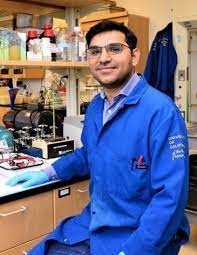
Copeland discussed "Determining the Spatial Distribution of Pratylenchus quasitereoides/Pratylenchus curvicauda in the WA Wheatbelt, and Understanding How They Find Host Roots."
Sheehy's topic: Improving the Biological Control of Slugs: Understanding the Genome of Parasitic Nematode Phasmarhabditis hermaphrodita."
IFNS hosts the competition, IFNS 3-Minute Thesis, "to cultivate student academic and research communication skills, and to enhance overall awareness of nematodes and the science of nematology."
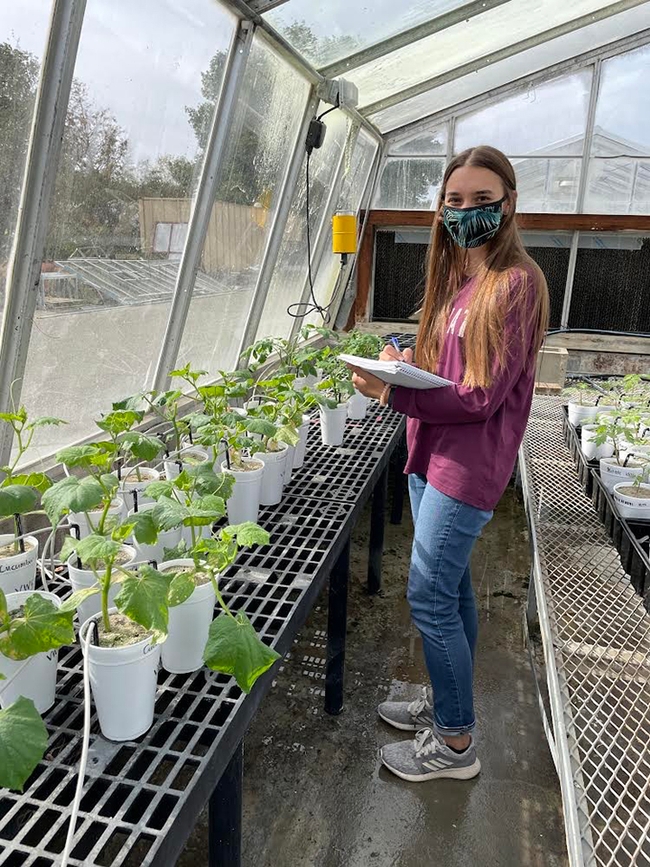
In her presentation, Coomer began with: “Root-knot nematodes, specifically the MIG-group, consisting of Meloidogyne incognita, javanica, and arenaria, are the most damaging of the plant parasitic nematodes causing severe yield loss in over 2,000 different plant species including tomatoes. The Mi-gene, which is a resistance gene in tomato, has been used in commercial farming and has been praised for its effectiveness towards the MIG group. This gene has been cloned but the mechanisms of how it's resistance works is still unknown.”
“We do know that with the presence of the MI gene, plants are more durable and will restrict infection and reproduction, by inducing an immune response within the plant,” Coomer pointed. “Although this resistance gene has been reliable for many decades, resistance breaking strains of root-knot nematodes have emerged threatening the tomato industry.”
Coomer related that her research “compares two strains of the root-knot nematode M. javanica. One strain is the wildtype, which has been isolated from fields, we will refer to it as VW4. This nematode can infect tomato plants, but when the MI gene is present, the nematode is blocked from successfully infecting. The other strain is a naturally mutated version of VW4. This strain breaks the resistance provided by the MI gene and therefore infects plants that contain the MI gene. I have labeled this strain as VW5. With the help of research like mine we can stay ahead of the resistance breaking strains and prevent major crop loss in the future.”
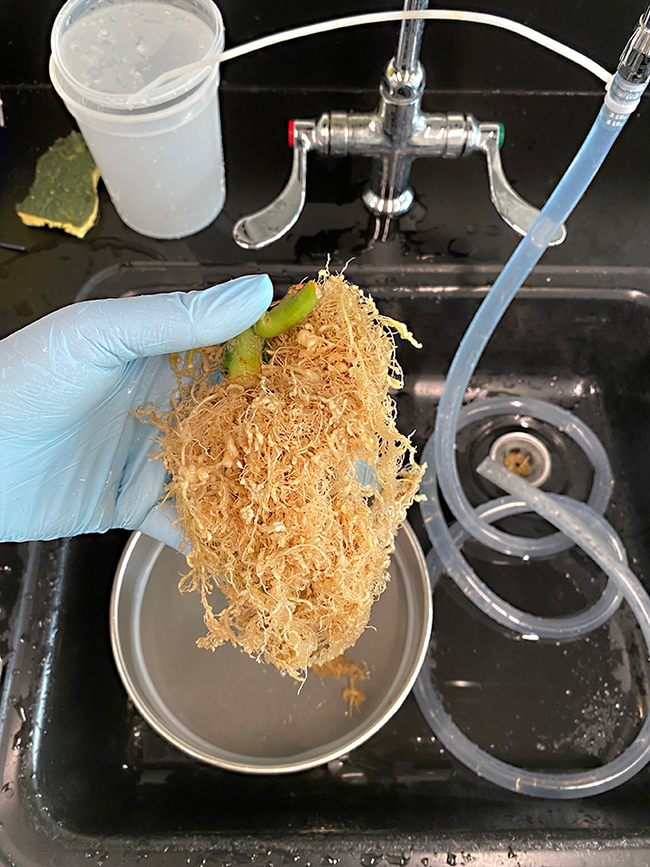
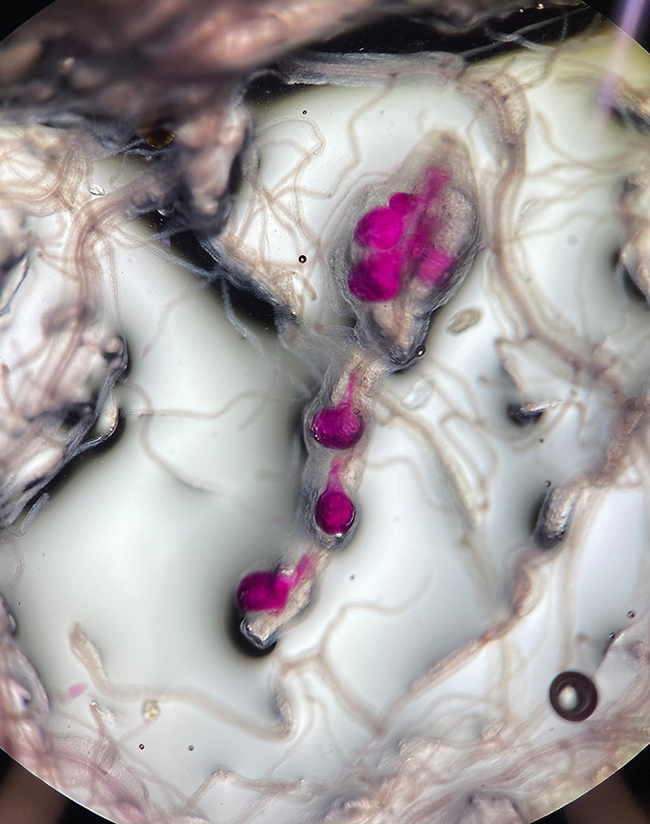
Coomer, a doctoral student in plant pathology with an emphasis on nematology and advised by Siddique, is working on her dissertation, "Plant Parasitic Nematode Effectors and Their Role in the Plant Defense Immune System."
Coomer, originally from the St. Louis, Mo., area, received two bachelor degrees--one in biology and the other in chemistry--in May 2020 from Concordia University, Seward, Neb., where she won the Outstanding Graduate Student in Biology Award. She served as a biology lab assistant and taught courses in general biology and microbiology.
As a biological science aide/intern, Coomer did undergraduate research in the Sorghum Unit of USDA's Agricultural Research Service. Lincoln, Neb. Her work included collecting, prepping and analyzing DNA, RNA and proteins to identify genes that contribute to an under- and over-expression of lignin in sorghum plants.
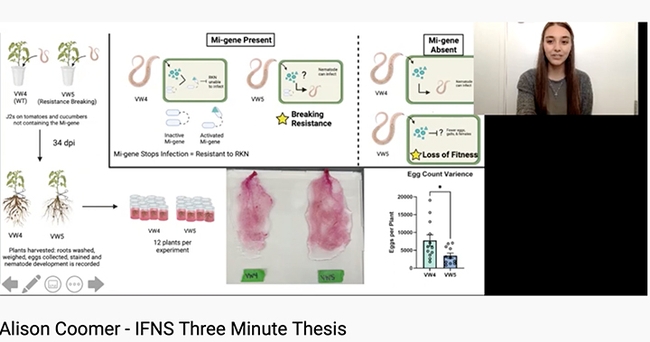
- Author: Kathy Keatley Garvey
The UC Davis Department of Nematology's winter quarter seminars will take place on Wednesdays at 4:10 p.m., beginning Jan. 5 and continuing through March 9, announced seminar coordinator and nematologist Shahid Siddique, assistant professor.
Both in-person and virtual seminars will be broadcast via Zoom at https://ucdavis.zoom.us/j/99515291076. The in-person seminars will be in 122 Briggs Hall.
For technical issues, Siddique may be reached at ssiddique@ucdavis.edu.
The schedule:
